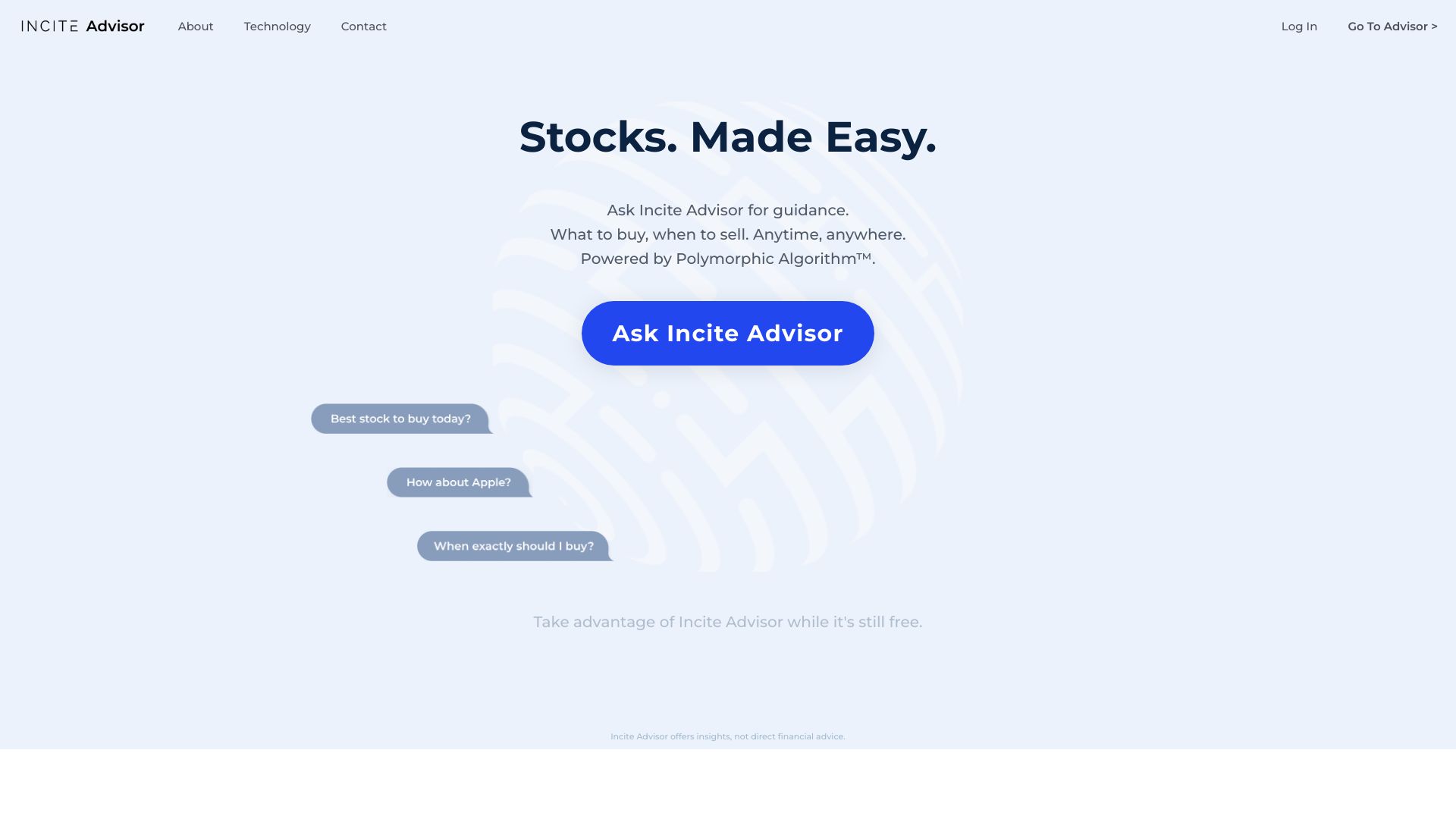20 Good Advice To Deciding On AI Stock Predictions Analysis Websites
20 Good Advice To Deciding On AI Stock Predictions Analysis Websites
Blog Article
Top 10 Tips To Evaluate The Support Provided By Customers Of Ai Trading Platforms That Predict And Analyze Stocks.
Support from the customer is crucial when selecting an AI trading platform that can predict or analyze stocks. A responsive and reliable support system can be a major factor in solving issues, increasing utilization of the platform and ensuring the smoothest trading experience. Here are the top 10 suggestions for assessing the customer support offered by these platforms:
1. Evaluation of Support the Availability of Support
24/7 support: Make sure that the platform provides 24/7 assistance, which is especially crucial for global markets and real-time trading.
Business hours. If 24/7 support does not exist, make sure support is offered during the trading hours.
Find out if support is available during weekends, holidays or during market closures.
2. Test Response Times
Initial response Try the support staff by sending an easy test question.
Time to fix The problem: Don't just admit the issue and then decide the time it will take you to solve it.
Live chat Live chat: If live chat is enabled, test its responsiveness and effectiveness.
3. Examine the support channels
Multichannel Support: The platform should offer support via various channels (e.g. live chat, email, and telephone).
Check your preferred channel to see if it is trustworthy and accessible.
Self-service solutions: Look for a complete information base, FAQs, or forums on community for fast problem-solving.
4. Evaluation of Quality of Support
Expertise: Ensure that the support personnel you employ are proficient on issues related to trading, platforms as well as technical issues.
Problem-solving: Assess whether support agents can effectively resolve complicated issues or escalate them as needed.
Professionalism - Examine whether interactions with support personnel are helpful, friendly and professional.
5. You should look for account managers who are dedicated to your needs.
Support premium: Verify that the higher-tier users and institutional customers have access dedicated account managers.
Account managers who provide proactive and tailored assistance.
Relationship Building: Make sure that the account managers you work with are available at all times. You can also develop relationships over time.
Review Documentation
Knowledge base: Ensure that the platform has the ability to search and organize a knowledge base with tutorials, guides, and troubleshooting advice.
Video tutorials Check if you are able to find videos on this platform.
API documentation: Make sure you're a developer, determine if there exists an accurate and clear API document.
7. Assess the Community Peer and Support
Forums for users: Find out whether the platform has an active community of users or forum where users can discuss solutions and tips.
Social media forums: Find unofficial groups on social media (e.g. Reddit. Facebook. LinkedIn) that discuss the platform.
Community engagement: Check whether the platform's staff actively participates in community discussions or forums.
8. Evaluate Escalation Processes
Issue escalate. You should have a clearly defined process to escalate cases that are not resolved up the support chain or management.
Follow-up: Check to see how the support team is in touch with you once you've resolved an issue.
Feedback loop: Determine whether the platform gathers user feedback to improve support services.
9. Test Support During Critical Conditions
Contact customer support during times of high-volatility and check how they respond.
Issues with technical aspects: You can simulate a technical issue (e.g. login issues, data discrepancies) to see the response of our support team.
Trade execution: Verify if support can assist with urgent trade-related issues (e.g. failing orders, delays in execution).
Review User Feedback to find Support
Reviews on the internet: Look up reviews of users on platforms such as copyright, G2, or Reddit to assess overall satisfaction with support.
Look for case studies and testimonials that focus on positive experiences.
See how the platform reacts to complaints and negative feedback.
Bonus Tips:
Check out the platform through a trial or demo period.
Language support: Check if you can get support in your language of choice if you don't know English.
Training and onboarding: Find out whether there are any onboarding sessions that will aid new users to get started.
These suggestions will assist you to evaluate the customer service of AI trading platforms that predict stocks or analyze trades. So, you'll be able to pick a reliable platform prompt and friendly customer support. A good customer service can enhance the overall experience on your platform and allow you to benefit the most benefit from its features. See the top rated inciteai.com AI stock app for more recommendations including ai investing platform, ai trade, options ai, chatgpt copyright, ai stock, ai for stock trading, trading ai, ai trading tools, ai stock picker, ai for investment and more.
Top 10 Tips To Assess The Latency And Speed Of Ai Stock Trading Platforms
The speed and the latency of a trading platform is a crucial factor to be considered, especially in the case of active traders, algorithmic and high-frequency investors. Milliseconds delay could be detrimental to the execution of trades. Here are the top 10 tips for measuring the speed of your platform.
1. Assess Real-Time Data Feeds
Speed of data delivery Be sure that the platform delivers live data (e.g. sub-millisecond delay).
Data source closeness: Determine if servers are located close to major exchanges.
Data compression - Verify that the platform uses efficient data compression techniques to increase data delivery speed.
2. Speed of execution test for trades
Time to process orders: This is the time it takes for the platform to process and complete trades once you have submitted an order.
Direct market access: Ensure whether the exchange allows direct orders to be made to the exchange.
Review the execution reports to determine if they include timestamps of order confirmation, fill, and submission.
3. Examine the Platform's Responsiveness
User interface (UI, or user interface speed) The speed of user interface is a measure of how quickly the UI of a platform responds to inputs you enter (e.g. pressing buttons or loading graphs).
Chart updates Check if charts and visuals have a real-time update that is not lag.
Performance of mobile apps: If you are using a mobile application be sure that it is running as quickly as the desktop version.
4. Look for infrastructure that is not low-latency.
Server Locations: Use servers that are low-latency, and located near major financial centers or exchanges.
Co-location: If the platform allows co-location, then you can host your trading algorithms on servers near the exchange.
High-speed networks: Make sure that the platform is using high-speed fiber optic networks or technology with low latency.
5. Evaluate Backtesting and Simulation Speed
Historical data processing: See how quickly your platform analyzes and processes historical data.
Simulation latency Make sure that your platform can simulate trades without noticeable delays.
Parallel processing (or distributed computing) Find out what platforms use the concept of parallel processing or distributed processing in order to speed up complex calculations.
6. Assessment of API Latency
API response time: Determine how fast the platform's API responds to requests (e.g., fetching market information, or placing orders).
Rate limits: Verify that the API has adequate limits on rates in order to avoid delays when trading at high frequency takes place.
WebSockets support: Verify that the platform utilizes WebSockets protocols for low-latency real-time streaming of data.
7. Test Platform Stability using Load
High-volume trading: Play high-volume trading scenarios to see whether the platform is stable and responsive.
Market volatility: Ensure that your platform is able to handle price fluctuations during periods of high volatility.
See whether there are any tools that allow you to test strategies in the most extreme of circumstances.
8. Examine Connectivity and Network
Internet speed requirements. Make sure that your internet connection is speedy enough to match the speed recommended by the platform to achieve maximum performance.
Reliable connections: Check that your platform is equipped with redundant internet connections. This will allow you to keep your system from experiencing the possibility of downtime.
VPN latency: If you are using a VPN platform, check if the latency is significant and if there are alternatives.
9. Look for Speed Enhancement Features
Pre-trade analyses The platform must provide analysis of the trade in order to improve speed of execution and routing of orders.
Smart order route (SOR) The first step is to see whether SOR is utilized by the platform to identify the most efficient and most cost-effective execution options.
Monitoring latency: Find out whether the platform has tools to monitor and analyze the latency in real-time.
Review User Feedback Benchmarks
User feedback: Read reviews from users to assess the performance of the platform in terms of the speed of its operation and latency.
Third-party benchmarks from third-party. Look for independent benchmarks, or reviews that compare a platform's speed with other platforms.
Case studies Ask the platform whether it has cases studies or reviews that show its low latency capabilities.
Bonus Tips:
Free trial period: Test the platform's speed and latency in real-world scenarios using a demo or free trial.
Support for customers: Ensure that the platform has customer support to optimize latency and other issues.
Hardware requirements: Determine if the platform requires a specific hardware requirement for maximum performance.
With these suggestions to evaluate the performance and speed of AI platform for predicting or analyzing stocks make sure you select one that is compatible with your requirements for trading and reduces the time it takes to complete. Low latency is especially crucial for high-frequency and algorithmic traders, as even minor delays can significantly impact profitability. Follow the top rated investing with ai advice for site advice including chart ai trading, ai tools for trading, ai copyright signals, chart analysis ai, how to use ai for copyright trading, ai stock price prediction, best ai penny stocks, chart analysis ai, ai copyright signals, best ai trading platform and more.